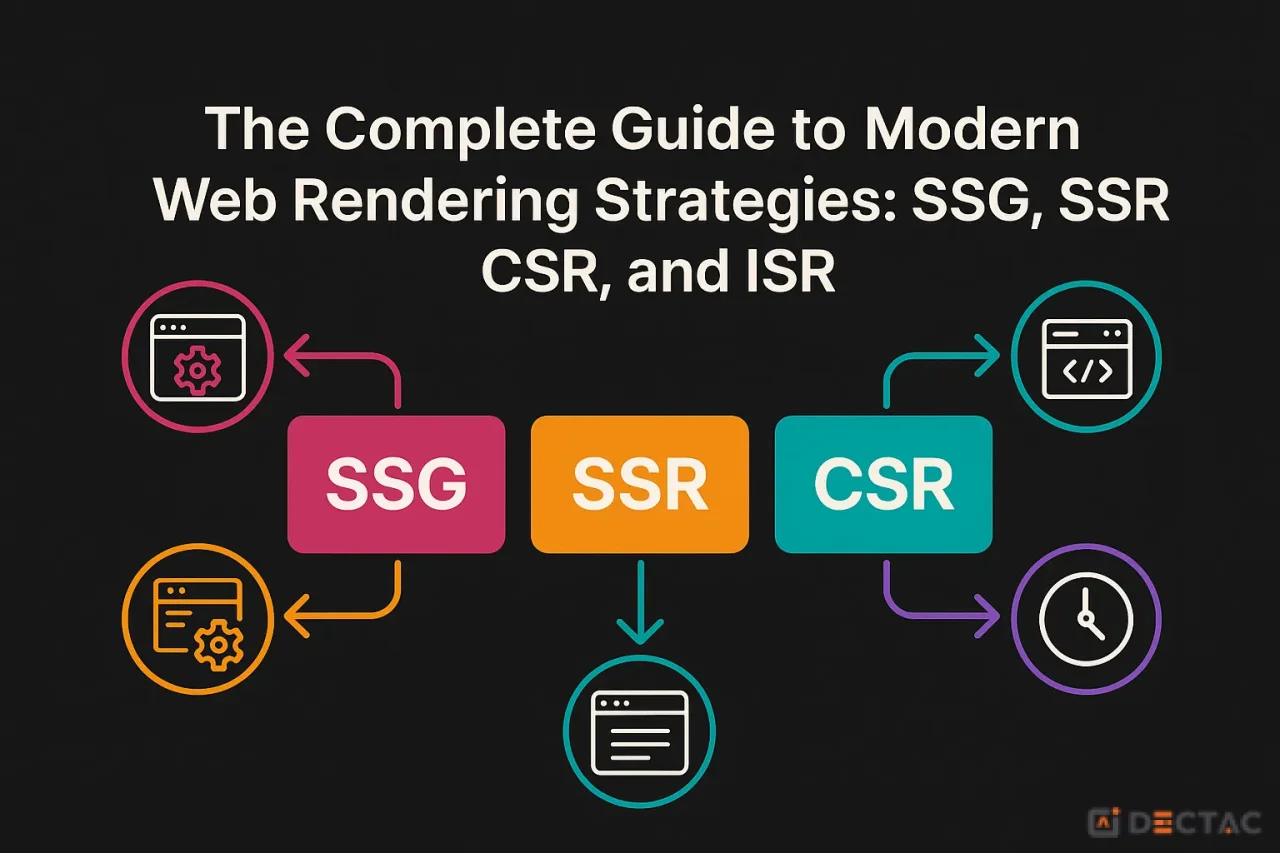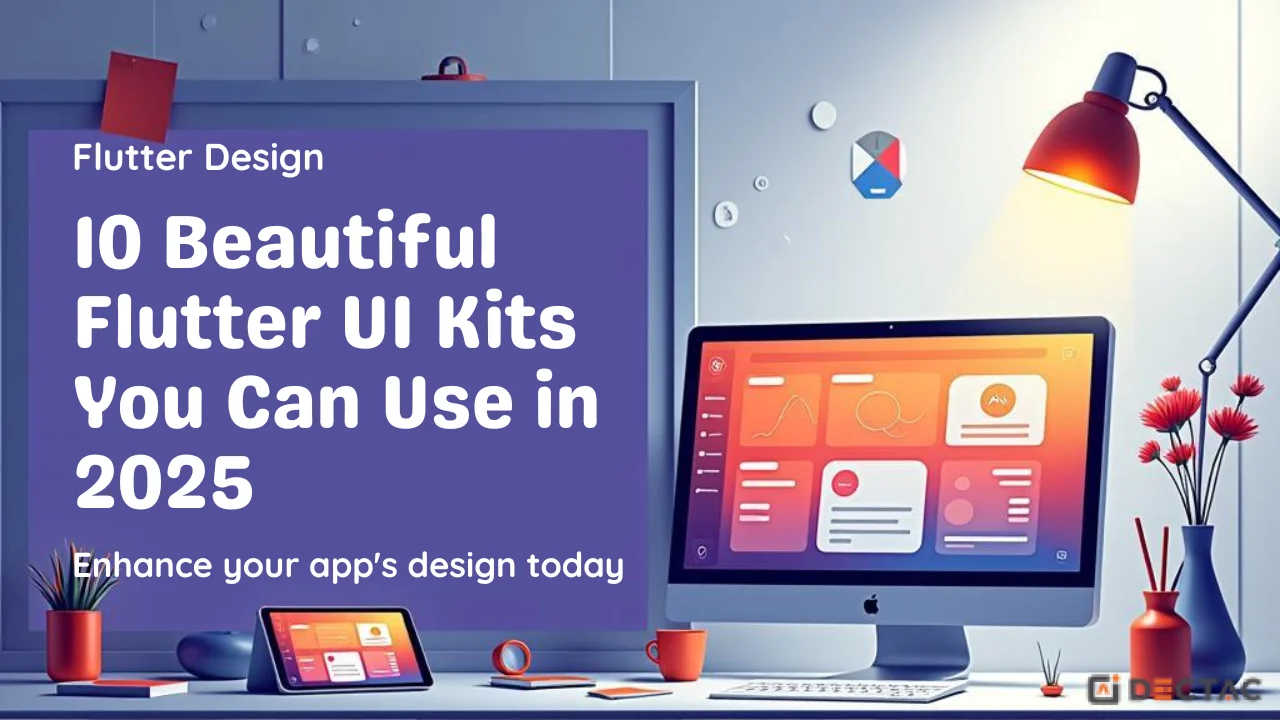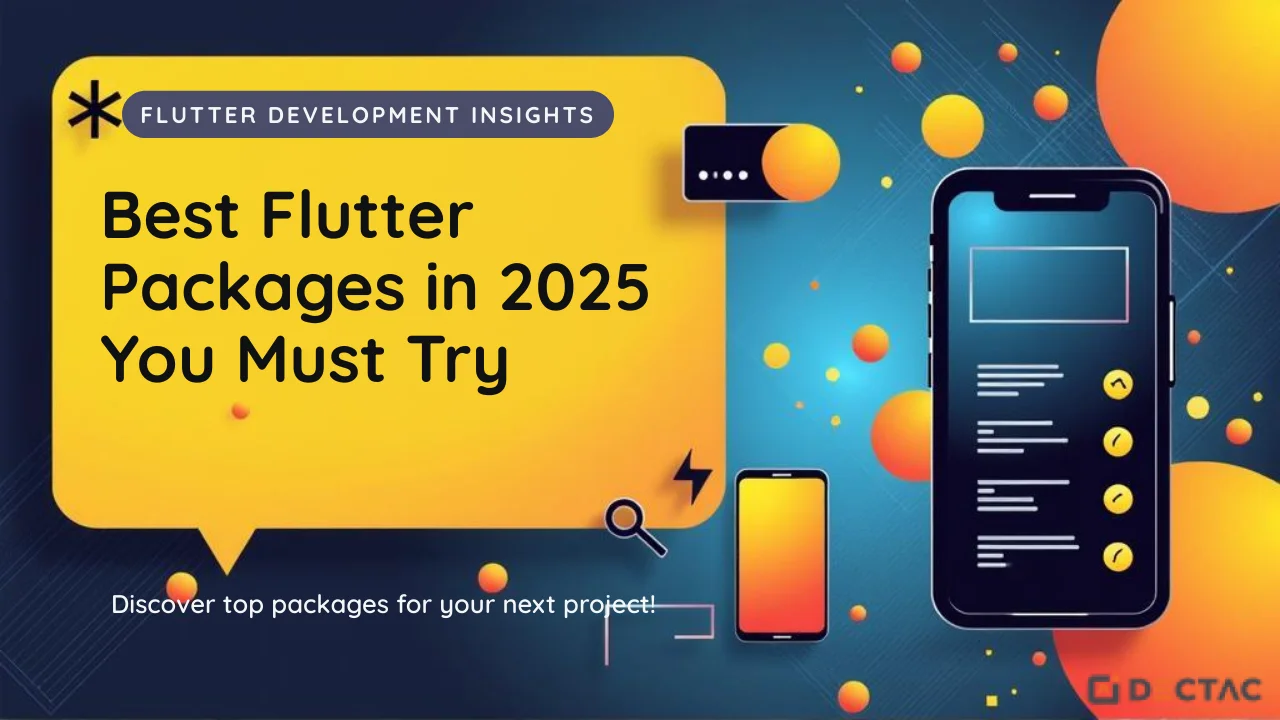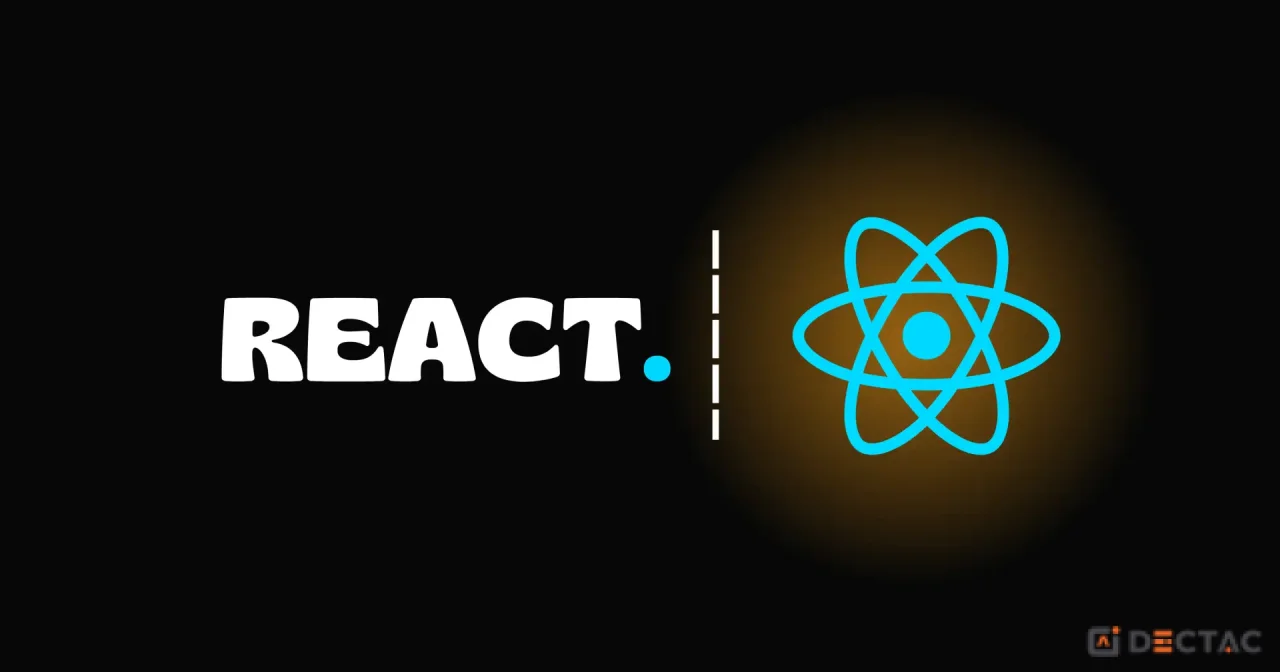CSR vs SSR vs SSG: Understanding Web Rendering Strategies
In modern web development, choosing the right rendering strategy can make or break your application's performance, SEO, and user experience. Three acronyms dominate this conversation: CSR, SSR, and SSG. While they might sound like technical jargon, understanding these rendering approaches is crucial for building fast, scalable, and user-friendly web applications.
Let's dive deep into each strategy, explore their trade-offs, and help you decide which one fits your project best.
What is Rendering in Web Development?
Before we explore the differences, let's establish what "rendering" means in web development. Rendering is the process of converting your application's code (HTML, CSS, JavaScript) into a visual interface that users can interact with in their browsers.
The key question is: Where and when does this rendering happen?
Client-Side Rendering (CSR)
Client-Side Rendering is like ordering furniture that requires assembly – you get all the parts delivered to your home, and you put everything together yourself.
How CSR Works
- Initial Request: Browser requests the web page
- Minimal HTML: Server sends a basic HTML shell with JavaScript bundles
- JavaScript Execution: Browser downloads and executes JavaScript
- DOM Manipulation: JavaScript builds the page content dynamically
- API Calls: Additional data is fetched from APIs as needed
CSR in Action
Advantages of CSR
- Rich Interactivity: Excellent for complex, interactive applications
- Fast Navigation: Once loaded, page transitions are instant
- Reduced Server Load: Less processing required on the server
- Great for SPAs: Perfect for single-page applications with dynamic content
- Offline Capabilities: Can work offline with service workers
Disadvantages of CSR
- Slow Initial Load: Users see blank screens while JavaScript loads and executes
- SEO Challenges: Search engines may struggle to index dynamically generated content
- Performance Issues: Heavy JavaScript bundles can slow down low-end devices
- Accessibility Concerns: Screen readers might have trouble with dynamically generated content
Best Use Cases
- Dashboard applications
- Social media platforms
- Interactive web applications
- Admin panels
- Applications with heavy user interactions
Server-Side Rendering (SSR)
Server-Side Rendering is like ordering pre-assembled furniture – everything arrives ready to use, and you can start using it immediately.
How SSR Works
- Request: Browser requests a page
- Server Processing: Server executes JavaScript and renders HTML
- Complete HTML: Server sends fully rendered HTML to the browser
- Hydration: JavaScript loads and "hydrates" the static HTML, making it interactive
SSR in Action
Advantages of SSR
- Fast Initial Render: Users see content immediately
- SEO Friendly: Search engines can easily crawl and index content
- Better Performance: Especially on slower devices and networks
- Social Media Sharing: Meta tags are properly rendered for social sharing
- Accessibility: Screen readers can access content immediately
Disadvantages of SSR
- Server Overhead: Requires more server resources and processing
- Slower Navigation: Each page request involves server processing
- Complexity: More complex deployment and caching strategies
- TTFB (Time To First Byte): Can be slower due to server processing time
- State Management: More complex state synchronization between server and client
Best Use Cases
- E-commerce websites
- Blogs and content sites
- News websites
- Marketing pages
- Applications requiring excellent SEO
Static Site Generation (SSG)
Static Site Generation is like buying a pre-made, ready-to-display product – everything is prepared in advance and delivered instantly.
How SSG Works
- Build Time: During the build process, all pages are pre-rendered
- Static Files: HTML, CSS, and assets are generated as static files
- CDN Distribution: Static files are distributed across CDN nodes
- Instant Delivery: When requested, pre-built pages are served immediately
- Optional Hydration: JavaScript can add interactivity to static content
SSG in Action
Advantages of SSG
- Lightning Fast: Pages load almost instantly
- Excellent SEO: Perfect for search engine optimization
- High Security: No server-side code execution reduces attack vectors
- Cost Effective: Can be hosted on CDNs cheaply
- Great Performance: Consistent fast loading across all devices
- Reliability: No server downtime issues
Disadvantages of SSG
- Build Time: Long build times for sites with many pages
- Dynamic Content: Challenging for frequently changing content
- Real-time Features: Not suitable for real-time applications
- Personalization: Difficult to implement user-specific content
- Complex Updates: Content updates require rebuilds and redeployment
Best Use Cases
- Documentation sites
- Blogs and portfolios
- Landing pages
- Company websites
- E-commerce product catalogs (with few updates)
Comparison Table
Hybrid Approaches
Modern frameworks don't force you to choose just one approach. Many support hybrid strategies:
Incremental Static Regeneration (ISR)
Combines SSG benefits with the ability to update content without full rebuilds.
Islands Architecture
Static pages with interactive "islands" of dynamic content.
Selective Rendering
Different pages using different rendering strategies based on their needs.
Choosing the Right Strategy
Choose CSR When:
- Building complex, interactive applications
- User experience after initial load is more important than initial load speed
- SEO is not a primary concern
- You need rich client-side state management
Choose SSR When:
- SEO is crucial for your business
- You need fast initial page loads
- Content changes frequently
- You're building e-commerce or content-heavy sites
Choose SSG When:
- Content doesn't change frequently
- Performance is your top priority
- You want to minimize hosting costs
- SEO is important but content is relatively static
Popular Frameworks by Rendering Strategy
CSR Frameworks
- React (Create React App)
- Vue.js
- Angular
- Svelte
SSR Frameworks
- Next.js (React)
- Nuxt.js (Vue)
- SvelteKit
- Remix
SSG Frameworks
- Gatsby (React)
- Gridsome (Vue)
- Astro
- Hugo
- Jekyll
Conclusion
There's no one-size-fits-all solution when it comes to rendering strategies. The choice between CSR, SSR, and SSG depends on your specific requirements:
- Performance needs: How fast does your site need to load?
- SEO requirements: How important is search engine visibility?
- Content nature: How often does your content change?
- User interaction: How much interactivity do you need?
- Resources: What's your budget for hosting and development?
The modern web development landscape is moving toward hybrid approaches that combine the best of all worlds. Frameworks like Next.js, Nuxt.js, and SvelteKit allow you to choose different rendering strategies for different parts of your application, giving you the flexibility to optimize each page for its specific use case.
Remember, the "best" rendering strategy is the one that serves your users effectively while meeting your business requirements. Consider your audience, analyze your content, and choose the approach that delivers the best experience for your specific situation.










